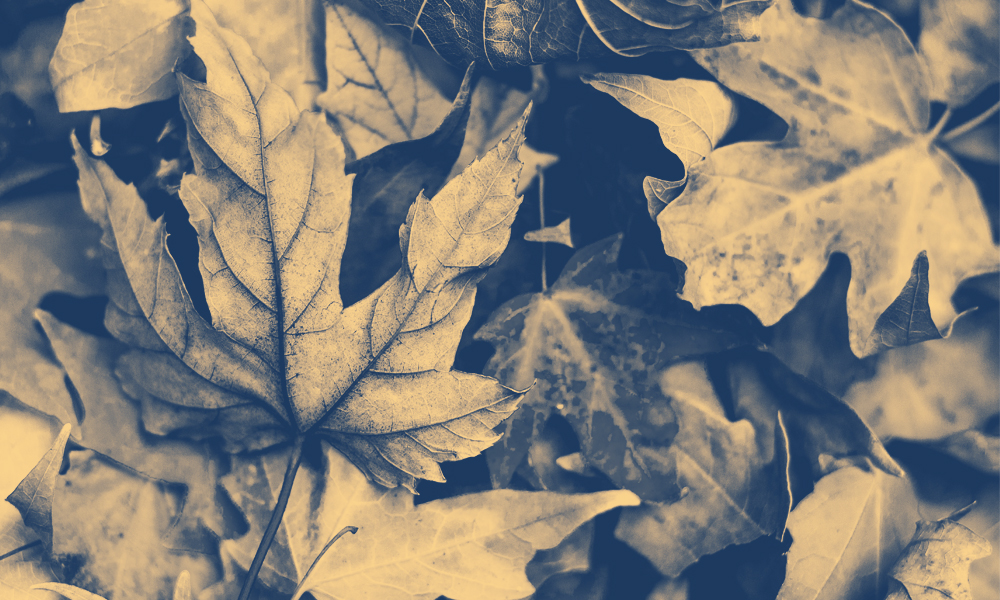Lydia Kim has had an essay appear at Catapult, a postcard at HAD, a fable in Ursa Minor, and a rant in the zine project Lunchbox Moments. More work will appear in anthologies from Woodhall Press and Alternating Current Press in 2022. She is an alum of the 2021 Tin House Summer Workshop and is working on her first novel.
Click here to read Lydia’s story “Sally, or How to Walk a Dog” from our fall 2021 issue!
What’s the best bit of craft advice you’ve been given? Are there any craft books you’d recommend?
From Maurice Ruffin: I always ask my characters, what is the source of your grief, and how did you get over it? / Favorite craft book: Craft In The Real World by Matthew Salesses
Okay, now what’s the worst?
You have to write every day (lol!)
One last advice-focused question: do you have any advice for writers who are just starting out?
Have a little calendar where you note your submissions, rejections, and your acceptances! And anything else writing-related that you want to keep track of; I keep track of what I submitted to writing groups, classes I’ve taken, sometimes word count if I am doing Jami Attenberg’s sprints, books I’ve read that I liked, my progress in the August Sealey Challenge. Use different color pens and maybe decorate if you like. It is so heartening to see how much of a writing life I actually do have, even when I feel like I “haven’t done anything” lately.
In your writing, where does truth comingle with imagination?
I will hear a prompt or remember a moment or place and use that as the seed for a story. For example, my dog does have a friend she can identify through our sheer curtains!
Do you write from experience? From familial memory? From daydreams or fantasies?
All of the above! Definitely memories and family details. I recently took a class with Cindy Juyoung Ok at Catapult on writing with dream logic, and it was incredibly freeing and also rigorous. I’d never been taught that kind of process before.
If you have a regular writing practice, what do you do to protect your writing time?
I write in spurts, and when I write I do not schedule over that time or near it. I do not want to be rushed at the end if I am on a roll.
Where do you seek inspiration?
Other writers’ pieces, even and especially in other genres. I follow a lot of writers and try to read what they recommend and pieces of theirs that go live in lit journals.
Picture this: you’ve just finished a long writing session and are between the world of the page and the reality around you. What’s one action you take to root yourself back in your non-writer identity? Maybe it’s making a cup of coffee or tea, perhaps it’s a walk with a loved one or pet, or even some time reading another writer’s work.
I turn to my dog and say “Well, I did it!” The sound of the laptop closing animates her immediately.
Where do you write? Do you have any rituals you follow before turning to the page?
Terrible for my posture, but I write sitting on the sofa. I start with a little ritual: glass of water, turn on the same playlist, spritz something into the air, and begin.
How do you honor silence, blank space, or simplicity in your writing?
I am an over-writer and love a run-on sentence. But in my day job, short, punchy, and sticky language wins the day, so I try to bring that into my prose writing. I love white space, breaks between chunks of action, pauses in dialogue. In general, I am a fan of silence.
When things have you feeling low, what’s one way you seek joy or build hope?
I have a paper journal and write down six things I noticed that day. Invariably a joyful list!
Who do you wish more people would read?
I think they are pretty popular already, but Angela My-Young Hur, K-Ming Chang, and Deesha Philyaw! And Amy Barnes (@amygcb on Twitter), who is incredible at flash.
What are you currently reading? Books, magazines, the back of the cereal box, CVS receipts . . . it all counts!
Love in the Big City by Sang Young Park (translated by Anton Hur), and I listen to Homie by Danez Smith when I take walks.
